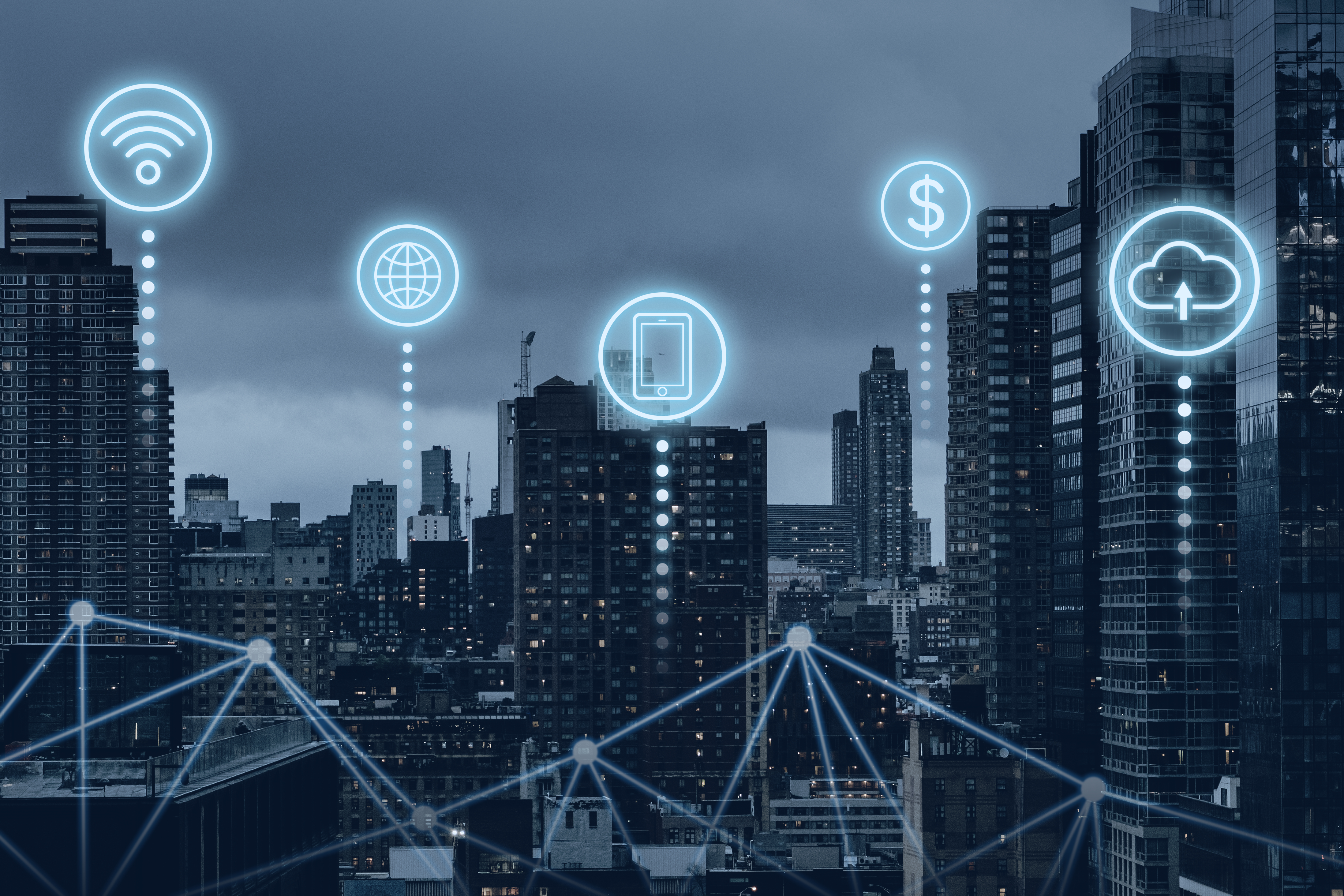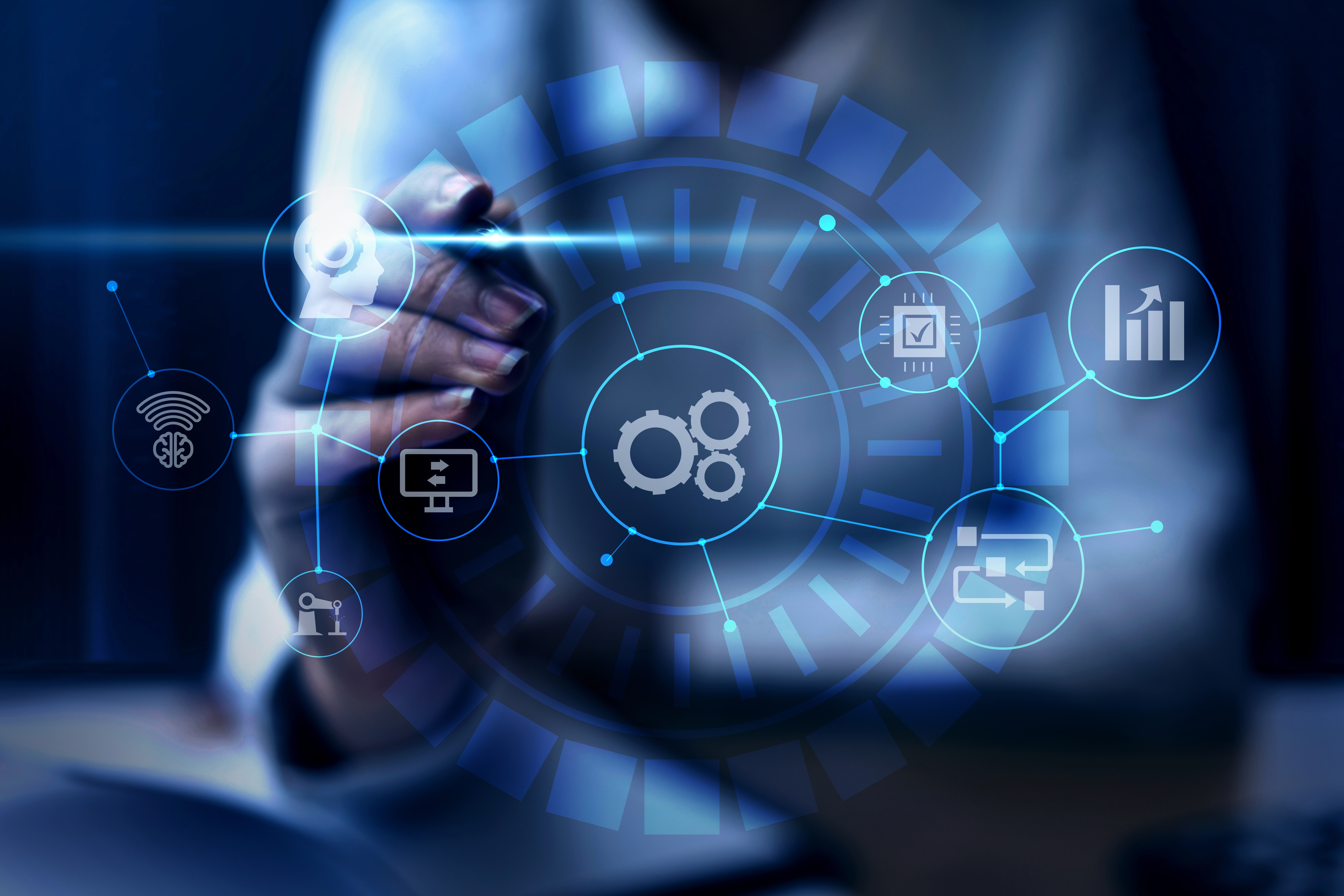Accelerating the next generation of financial services with 5G
Maria Arasi
@Maria Arasi / 12:37 PM • Oct 14 2022
For years now, there has been a steady ascension of a digital banking, with financial institutions modernizing customer experiences, streamlining tedious processes, and connecting disparate parts of the business through technology. Today, we have an opportunity to solve the biggest challenges in financial services. With more digital customers banking now than ever before, we’re able to empower financial institutions to deliver services through new, innovative mediums while improving upon alreadyexisting channels. With an anticipated 2.5 billion people worldwide actively using online banking by 2024, the time is now for financial institutions to enable technology and transform outdated operations.
Consumers of different generations are looking to interact with banks through seamless, and often digital experiences. A recent report identified baby boomers as the fastest growing segment of fintech consumers with use among those age 56 and older, doubling yearonyear to 79%. And as expected, the younger generations are increasingly using digitalonly channels with 72% of millennials and Gen Zers preferring online and mobile banking over brickandmortar. For those who strictly interact with banks from the palm of their hands, 5G’s low latency can enhance the experience of MLpowered chatbots, and more secured mobile applications. And later in this piece, we will discuss how low latency can also enable banking education and counsel through immersive augmented and virtual reality experiences.
Data’s impact on creating better customer experiences
One of the main goals of digital transformation for financial institutions is to improve customer experiences. As these institutions adopt digital technologies, it’s important to consider the role data plays. Since 5G can reach speeds that are 20 times faster than 4G LTE networks, the increased speed allows devices to communicate and share data faster than ever. With the aid of financial APIs, these hyperconnections can support embedded finance and meet customers where they are with the financial options they need, whether that’s a loan, payment program, insurance plan, or something else. Unlike its predecessors that were consumer focused, the 5G network was designed for industrial use cases. However, its capabilities extend to transform consumer lives. 5G helps customize experiences through the collection of massive amounts of data generated by consumer devices – ranging from payment information, to location, to a user’s behavioral data.
Evolutionary changes to the IoT
5G addresses a broad group of stakeholders and use cases. For businesses, heavy equipment can be difficult to purchase outright but can be set up for recurring payments with no plan of ownership. Through Oracle Financial Services Lending and Leasing, assets can be financed without significant capital investment upfront. By leveraging 5Genabled IoT, financing can be built entirely on usage data and location tracking. Sensors can be placed on automobiles, farming equipment, manufacturing equipment, homes, and more, to collect, analyze, and record data. Further, IoT technology, can make note of repeated patterns of usage and performance data to suggest additional services such as a maintenance plan, to create more value in the business relationship.
Banks and insurance companies are also constantly looking to tackle data sharing and security through advanced analytics such as Artificial Intelligence (AI) and Machine Learning (ML) capabilities designed to help detect and investigate fraud to prevent financial crime. With Ernst & Young identifying the annual cost of money laundering and associated crimes ranging from $1.4 trillion to $3.5 trillion, the 5G network can play a role in supporting the gathering and analysis of massive volumes of data.
Next generation financial services
Next generation technology applications and tools have the potential to redefine financial services. And in some cases, they are already influencing digital asset strategies. We have seen the onset of various financial initiatives using blockchain furthering the movement towards decentralized finance (DeFi), and essentially unbundling traditional finance. All aim to replace centrally managed transactions with peer to peer relationships for a full spectrum of financial services everyday banking, lending, and borrowing to trading. Blockchain further facilities exchanges and creates new marketplaces. With 5G, the interconnectedness growth is manyfolds bringing greater efficiency across the industry and influencing technology investments.
A recent survey conducted by Oracle and MIT Technology Review revealed that 62% of financial services respondents have increased tech investments to boost business. As a complex, demanding, and highly regulated industry, financial services has continued to rapidly evolve deliver customercentricity, support innovation, fight financial crime, and drive efficiency.
LATEST STORIES
Employee Experience Across Asia Pacific and the Rapidly Changing World of Work
The benefits of employee experience management for companies operating in the Asia Pacific region, especially in the context of rapid change and uncertainty about the future of work.
READ ARTICLEPotential benefits of subscription billing and revenue management
The billing operations team has insights on how customers are consuming the service and how much they are willing to pay for the service.
READ ARTICLEDigital Transformation in the IT Solutions sector
Digital transformation is the integration of digital technology into all areas of a business, fundamentally changing how you operate and deliver value to customers.
READ ARTICLERobots conquer business processes in back offices
The automation of complex processes that replaces humans through the implementation of advanced software is transforming the future of back office processes.
READ ARTICLE



